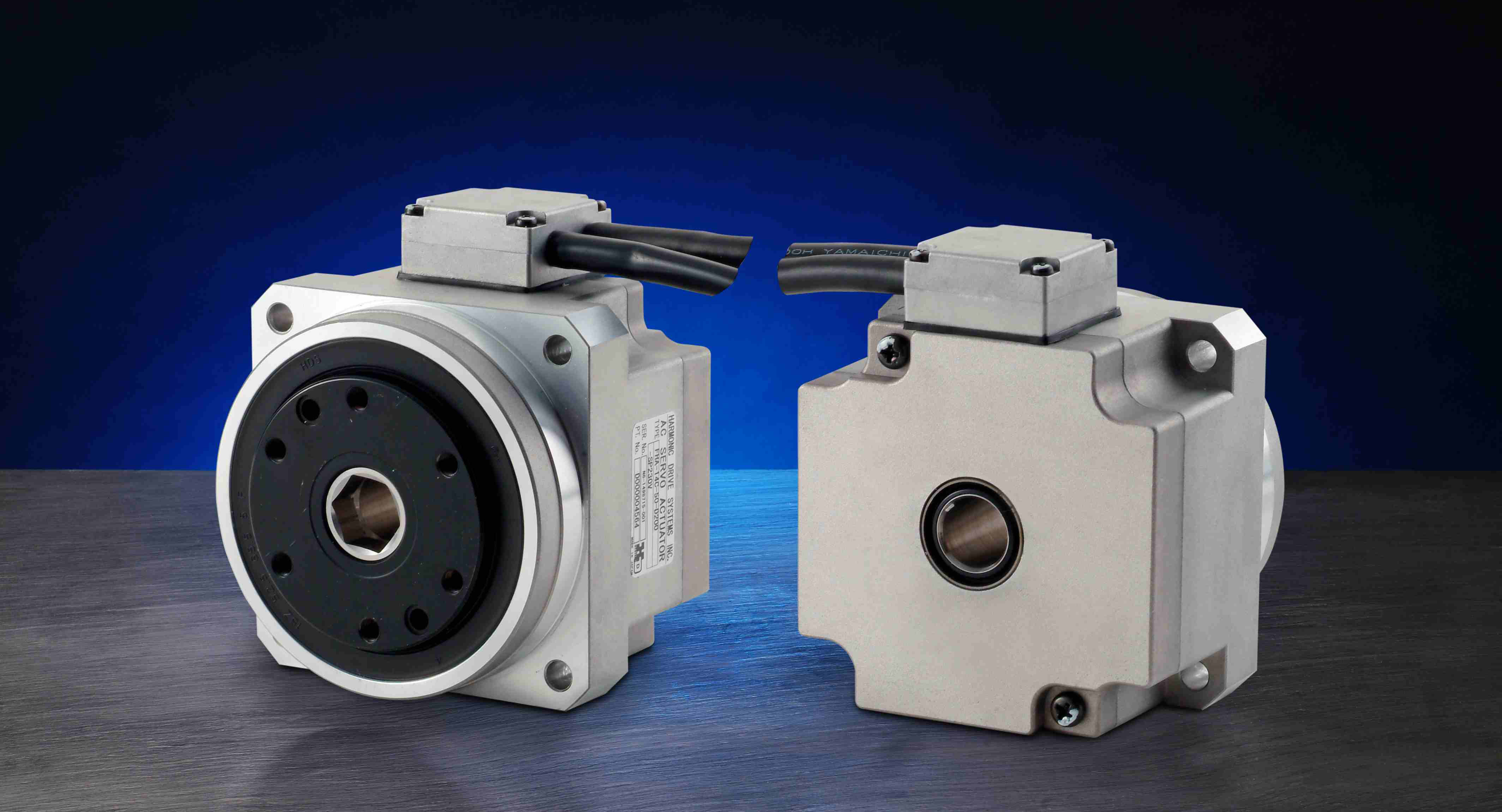Harmonic Drive Actuators: Precision Engineering for the Future of Automation
In the ever-evolving world of robotics, automation, and precision engineering, one technology consistently stands out for its incredible efficiency, accuracy, and compact design: the harmonic drive actuator. As industries demand more agile, reliable, and space-saving motion control solutions, harmonic drives are becoming the go-to mechanism for high-performance robotic systems, surgical tools, aerospace components, and more.

But what exactly makes a harmonic drive actuator so unique, and why is it gaining such momentum across industries? In this article, we’ll explore the inner workings, advantages, applications, and future potential of this remarkable technology.
What is a Harmonic Drive Actuator?
At its core, a harmonic drive actuator is a type of gear mechanism that delivers extremely high precision in motion control applications. Unlike conventional gear systems that rely on rigid gears, harmonic drives use flexible components to transmit motion—an innovation that results in zero backlash, high torque-to-weight ratios, and smooth rotational control.
A typical harmonic drive system consists of three main components:
- Wave Generator: This includes an elliptical cam and a ball bearing, which deforms the flexspline into an elliptical shape.
- Flexspline: A thin-walled, flexible cylindrical cup with external teeth on its outer rim.
- Circular Spline: A rigid ring with internal teeth that engage with the flexspline.
As the wave generator rotates, it deforms the flexspline so that its teeth engage with the circular spline at two opposite points. Due to the unique difference in tooth count between the flexspline and circular spline, the flexspline moves at a reduced speed, generating precise torque and motion control.
Key Advantages of Harmonic Drive Actuators
Harmonic drive actuators offer a host of performance advantages that make them a popular choice for high-precision applications:
1. Zero Backlash
Because the teeth of the flexspline and circular spline are always in contact, there’s virtually no backlash. This results in extremely accurate positioning, essential in applications like robotic surgery or satellite controls.
2. High Torque Density
Despite their compact size, harmonic drives provide a surprisingly high torque output. This allows engineers to design lightweight systems without compromising on power.
3. Compact and Lightweight
The minimalist, coaxial design of harmonic drive actuators enables them to be integrated into small spaces, a crucial requirement for robotic arms, drones, and aerospace tools.
4. High Gear Ratios
Harmonic drives can achieve gear ratios of up to 300:1 or higher in a single stage, offering efficient torque multiplication with minimal mechanical complexity.
5. Smooth Motion Control
Thanks to their continuous tooth engagement and harmonic motion, these actuators produce smooth, vibration-free rotation, enhancing stability and precision.
Industrial Applications of Harmonic Drive Actuators
The unparalleled precision and reliability of harmonic drives have opened the door to their use in a wide range of industries.
Robotics
Harmonic drive actuators are widely used in robotic arms and joint systems, particularly where accurate motion and space-saving design are critical. Collaborative robots (cobots) in manufacturing lines often rely on these actuators for smooth and precise movement.
Aerospace
In satellites and aircraft systems, harmonic drives are used in control surfaces, antenna positioning, and instrument deployment mechanisms. Their ability to perform under extreme environmental conditions makes them a trusted choice for aerospace engineers.
Medical Devices
Precision is non-negotiable in the medical field. Harmonic drives play a pivotal role in surgical robots, MRI-compatible devices, and micro-positioning tools, where even the smallest error could have significant consequences.
Semiconductor Manufacturing
Cleanroom-grade harmonic actuators are used in wafer handling and inspection systems, where high repeatability and particle-free operation are mandatory.
Optics and Photonics
Telescopes and laser alignment systems benefit from the backlash-free performance of harmonic drives, ensuring pinpoint accuracy during alignment and calibration.
Why the Future Belongs to Harmonic Drives
As we move toward smarter factories, autonomous systems, and increasingly sophisticated robotics, the demand for compact, precise, and efficient actuators is only set to grow. Harmonic drive actuators provide an ideal solution to the limitations of conventional gears, especially in environments where precision is paramount and failure is not an option.
Recent advancements are also pushing the envelope. From integrated servo harmonic actuators to smart feedback systems with embedded sensors, the next generation of these devices is making systems more intelligent, adaptable, and easier to control via software interfaces.
Choosing the Right Harmonic Drive Actuator
When integrating a harmonic drive actuator into your design, consider the following factors:
- Torque Requirements: Match the actuator’s torque output with your system load.
- Gear Ratio: Choose an appropriate reduction ratio for the speed and precision needed.
- Size Constraints: Ensure the actuator fits within the mechanical envelope of your system.
- Backdrivability: Some applications may require resistance to external loads driving the actuator in reverse.
- Feedback Options: Consider encoders or other sensors for closed-loop control.
Working with a trusted engineering partner or supplier is key to selecting the right actuator for your application. At ME Virtuoso, we aim to educate and empower engineers with the knowledge they need to innovate confidently in the field of motion control and automation.
Final Thoughts
The harmonic drive actuator is not just a component—it’s a cornerstone of modern precision engineering. Whether you’re designing surgical robots, launching satellites, or building next-gen factory automation, this compact powerhouse delivers unmatched performance where it matters most.
